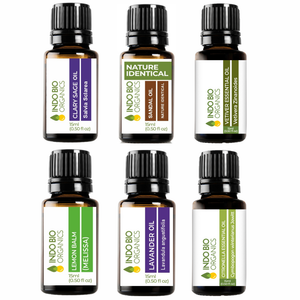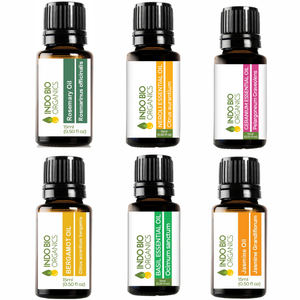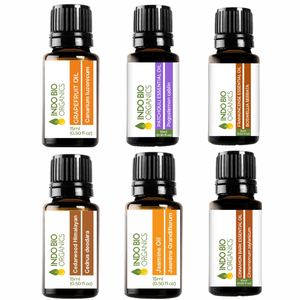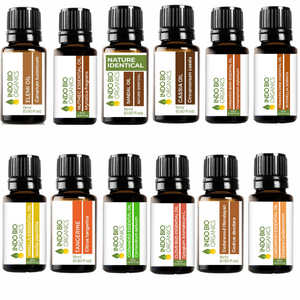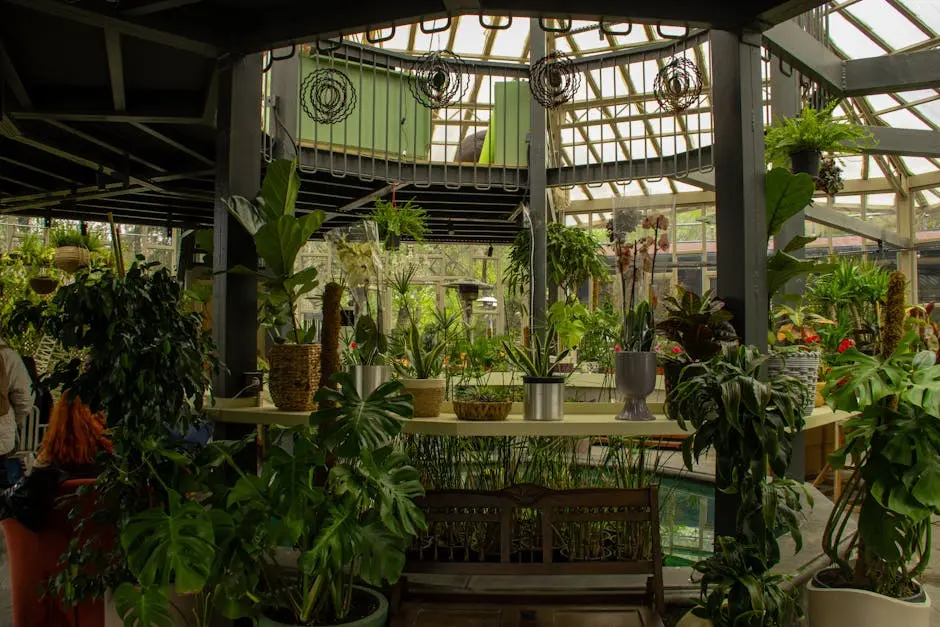Creating natural perfumes is a beautiful fusion of art and science. By harnessing the power of botanical extracts, you can craft fragrances that are not only captivating but also pure and free from synthetic chemicals. This blog will guide you through the essentials of natural perfume making, offering insights and tips for both beginners and seasoned enthusiasts.
Understanding Botanical Extracts
Before diving into perfume making, it’s crucial to understand what botanical extracts are. These extracts come from natural sources such as flowers, leaves, and roots, and they serve as the core ingredients in crafting unique scents.
Moreover, botanical extracts are more than just simple ingredients; they are the heart and soul of your fragrance. For example, the delicate aroma of rose petals or the fresh zest of citrus fruits can transform a blend into something extraordinary. Each extract carries its own story and aroma profile, adding complexity to your perfume.
As you begin your journey, consider exploring the different types of botanical extracts available. Essential oils, absolutes, and CO2 extracts each have unique properties. Understanding these differences will not only enrich your knowledge but will also inform your creative choices as you experiment with various combinations.
In essence, the world of botanical extracts invites you to discover a vast array of possibilities. From floral to woody, each scent has its captivating nature and characteristics, allowing you to paint a fragrant canvas that speaks to your essence.
The Basics of Natural Perfume Composition
Every perfume consists of three main notes: top, middle, and base. Understanding how to balance these notes with botanical extracts is key to creating a harmonious fragrance.
Starting with the top notes, these are the scents that greet you first. They are often fresh and light, designed to evaporate quickly. Citrus oils like bergamot and lemon often serve this role beautifully. Transitioning into the middle notes, you’ll find heartier scents that develop after the top notes fade. Floral extracts, such as jasmine or lavender, typically occupy this space, creating a soothing bridge to the base notes.
Finally, the base notes are responsible for the enduring scent that lingers long after the perfume has been applied. They consist of richer, deeper aromas such as sandalwood or vanilla. Crafting a balanced composition requires careful attention to how these notes interact; the transition from top to base should feel seamless for the wearer.
Aiming for equilibrium is essential, but don’t shy away from experimenting! Many renowned perfumers encourage playful exploration. Perhaps you might find that an unexpected combination resonates more than standard choices. Let your nose and intuition guide you, as the ultimate goal is to create a fragrance that feels right for you.
Essential Techniques for Extraction
There are several methods for obtaining botanical extracts, including steam distillation, cold pressing, and solvent extraction. Learning these techniques can enhance your ability to produce high-quality scents.
Steam distillation is one of the most common methods, especially for delicate flowers. In this process, steam extracts the essential oils, preserving their aromatic qualities. It’s a fascinating dance between heat and water, resulting in pure, fragrant oils. On the other hand, cold pressing is often used for citrus fruits, which yield vibrant, zesty aromas that invigorate any blend.
Meanwhile, solvent extraction is a bit more complex but can yield highly concentrated aromas. This technique captures the essence of the plant material and is often used for flowers that don’t respond well to heat. By understanding these extraction methods, you’ll gain a deeper appreciation for the science behind your fragrance creations.
Ultimately, mastering extraction techniques enriches your perfume-making experience. Each method brings its own character to the final product, allowing for a diverse palette of scents. Embrace this knowledge, and don’t hesitate to experiment as you discover which techniques resonate most with you.
Choosing the Right Ingredients
Selecting your ingredients is an essential step in perfume creation. Knowing which botanical extracts to blend will allow you to craft unique fragrances that resonate with your personal style.
One must consider the emotional and evocative powers of various scents. For instance, lavender might evoke feelings of calm, while mint may energize. Therefore, thinking about how you want your fragrance to make people feel can help guide your choices. Create a list of scents that resonate with you, writing down adjectives that describe how they make you feel.
Additionally, it’s wise to incorporate a variety of aromas into your blend. By including floral, woody, and spicy notes, you can create a multi-dimensional fragrance that captivates the senses. Remember, the interplay between complementary and contrasting notes can lead to delightful surprises.
But don’t forget about quality! Sourcing high-quality botanical extracts will significantly impact your finished perfume. Seek out suppliers who prioritize purity and sustainability, as they will influence both the scent and integrity of your creation.
Creating Your Signature Scent
Once you’ve gathered your extracts and mastered the basics, it’s time to blend. Experiment with different combinations to find a signature scent that embodies who you are.
Begin by starting with small batches, as this allows for easy adjustments. Mix a few drops of each extract to see how they interact. Trust your instincts! Sometimes, the most unconventional mixes yield the most delightful scents. Don’t hesitate to tweak the ratios, adding a larger measure of your favorite note, or a hint of something new to excite your blend.
Documenting your trials is beneficial. Keep a journal of your creations—notes on what you used, how it smelled at each stage, and how the scent developed over time can provide valuable insights down the road. It’s an artistic journey, and every step counts!
As you embark on blending, remember that your signature scent tells your story. This unique fragrance will reflect not only your taste but also your experiences and memories. Embrace the creative process, allowing your imagination to guide you toward something truly personal.
Storage and Aging for Optimal Scent Development
Proper storage and aging of your natural perfumes can significantly affect their scent profile. Learn the best practices to ensure your creations remain fresh and true to their original essence.
Consider using dark glass bottles for storage, as they protect your perfume from light, which can diminish its aromatic properties. Also, keeping your creations in a cool, dry place will prevent unwanted reactions that can alter the scent over time. A little extra care in storing your concoctions goes a long way.
Aging your perfumes may seem like a foreign concept, but it’s essential for enriching the aroma. When you allow your fragrance to rest, the various notes have time to meld together, resulting in a more rounded and harmonious scent. Typically, letting a blend sit for at least a few weeks can reveal wonderful developments.
Next time you create a new perfume, set aside a portion to age. This practice can unveil surprising transformations and insights into how different ingredients interact over time. It’s all part of the magical journey of crafting natural fragrances.
Sustainability in Perfume Making
Embracing sustainable practices in sourcing your botanical extracts not only contributes to the environment but also enhances the quality of your perfumes. Explore ways to support eco-friendly production.
Consider choosing suppliers who practice ethical harvesting, ensuring that the plants are sourced responsibly without jeopardizing their habitats. Additionally, look for certified organic extracts, as these are grown without synthetic pesticides or fertilizers, ensuring a more authentic scent profile.
By prioritizing sustainability, you not only benefit the environment but also craft scents that are clean and holistic. The commitment to using pure, natural ingredients resonates with the ethos of perfume making, connecting your creations to Mother Nature herself.
Educating yourself further about sustainability in the perfume industry can open up new avenues for creativity. Whether it’s reusing resources, supporting local farmers, or advocating for sustainable practices, every step you take brings you closer to crafting perfumes that are as kind to the planet as they are to you.
Sharing and Enjoying Your Creations
The joy of crafting natural perfumes is amplified when shared with others. Learn how to present your creations and share the olfactory experiences with friends and family.
Creating beautiful packaging adds an extra layer of excitement to gift giving. Consider using recycled materials to wrap your fragrances, or craft unique labels that reflect your personality. When your loved ones see the effort and care behind the presentation, they’ll appreciate your creations even more.
Hosting a small perfume-making party can be a lovely way to bond over this shared experience. Encourage your friends to play with blending their own scents, guiding them through the process you’ve come to love. Watching others enjoy their creations will undoubtedly add to your enthusiasm and motivate you on your perfume journey.
Moreover, there’s something beautiful about passing on the knowledge. Share your favorite recipes, tips, and tricks, fostering a community of fragrance lovers where everyone can express their creativity. After all, the world of natural perfumes is made richer when we involve people we care about.
Embrace Your Scent Journey
As you explore the world of natural perfumes, remember that the art lies in experimentation. Embrace the unique scents of botanical extracts and allow your creativity to flourish. With practice and passion, you can concoct perfumes that tell your story and offer a sensory experience that delights the senses.
